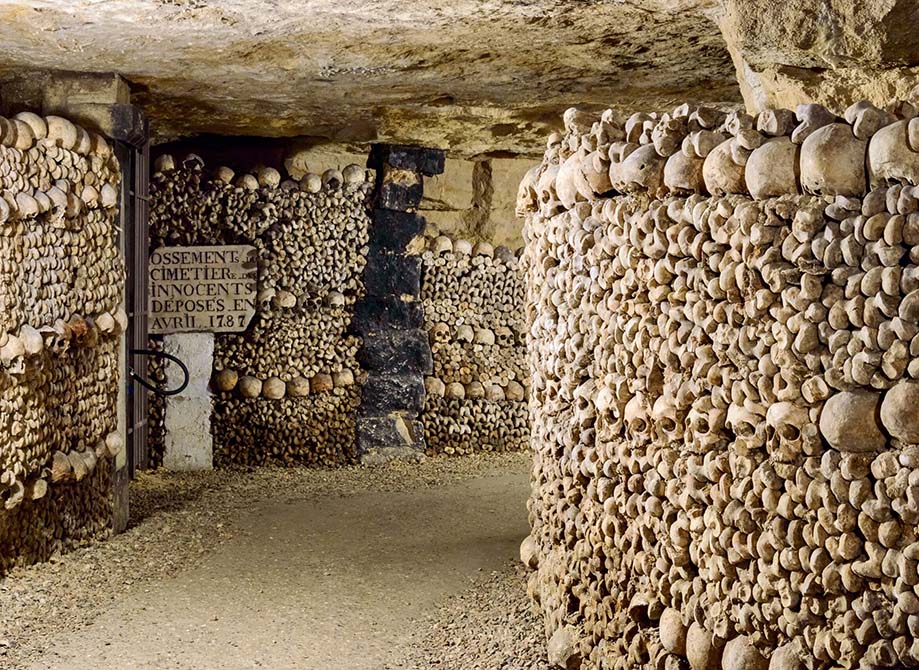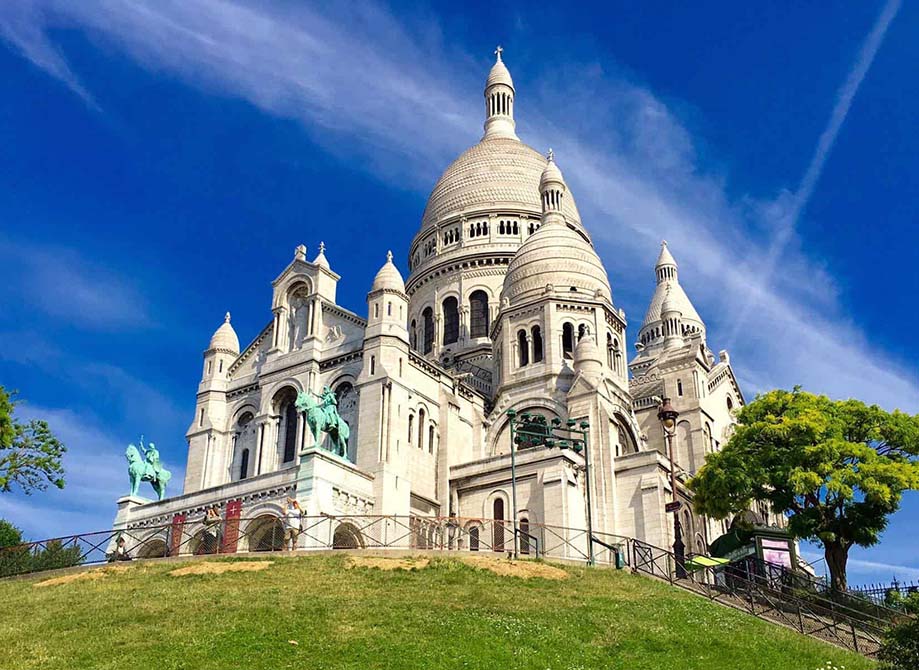I am excited to embark on a cultural adventure in the enchanting city of Paris. My first destination is the world-famous Louvre Museum, located in the heart of the city. The Louvre Museum has left me in awe with its rich art collection.
The Louvre, originally a royal palace, is now one of the largest and most renowned art museums in the world. It houses a vast and diverse collection that spans centuries and encompasses various art forms, from paintings and sculptures to decorative arts and historical artifacts. One of its most iconic exhibits is Leonardo da Vinci’s masterpiece, the Mona Lisa, which draws visitors from all over the globe.
As I walked through the magnificent halls of the Louvre, I was surrounded by art and history at every turn. I marveled at classical sculptures like the Venus de Milo and the Winged Victory of Samothrace, and I was captivated by the intricate details in the paintings of the European masters, such as the works of Rembrandt, Vermeer, and Delacroix.
The Louvre’s architectural grandeur is itself a work of art. The glass pyramid at the entrance adds a modern touch to the historic building and creates a stunning contrast. The museum’s courtyards, gardens, and ornate interiors provide a serene backdrop to the incredible artworks on display.
Visiting the Louvre was a truly enriching experience, and it’s a must-see for anyone with an appreciation for art, culture, and history. This museum is a testament to the enduring legacy of human creativity and expression, and it’s an essential stop on any cultural journey through the beautiful city of Paris.
1:The Louvre Museum
The strategic location of the Louvre, within the 1st arrondissement, close to the Seine River, ensures ease of access for tourists. I took the RER B train from Charles de Gaulle Airport to Châtelet-Les Halles station, followed by a transfer to Line 1 of the Paris Metro, conveniently dropping me right at the Louvre. The seamless transportation options are a definite advantage.
Upon entering the museum, I was immediately struck by its sheer size. With over 35,000 art pieces, including the famous Mona Lisa and the Venus de Milo, navigating the museum can be overwhelming. To assist visitors, the museum provides maps, audio guides, and organized tours. However, the downside is that it can become quite crowded, particularly during peak tourist seasons, which can somewhat diminish the experience.
To optimize my visit, I pre-purchased the Paris Museum Pass. This pass grants access to numerous top attractions in Paris, including the Louvre, and allows you to skip the lengthy lines. It’s a fantastic option for travelers planning to explore multiple museums and monuments in the city.
Despite the crowds, the Louvre is a must-visit for art enthusiasts and history aficionados. I spent hours immersing myself in the galleries, marveling at the incredible masterpieces on display. The museum’s architecture is a work of art in itself, and I recommend taking some time to appreciate its grandeur.
2: Notre-Dame Cathedral
My second day in Paris commenced with a visit to the magnificent Notre-Dame Cathedral. This masterpiece of Gothic architecture is located on the Île de la Cité, a small island in the Seine River. To reach it from the airport, I took the RER B train to Saint-Michel-Notre-Dame station, which is just a short stroll from the cathedral. The accessibility is undoubtedly a plus.
The Notre-Dame Cathedral is a true marvel. Its intricate façade, imposing towers, and breathtaking stained glass windows left me in awe. The interior is equally impressive, with its soaring ceilings, detailed sculptures, and the famous Rose Window. I recommend ascending the towers for a panoramic view of the city, though be prepared for a steep and narrow staircase.
While my visit was unforgettable, one drawback is the ongoing restoration work that commenced after the 2019 fire. Some parts of the cathedral may be restricted, and scaffolding can detract from the overall experience. Nevertheless, it’s heartening to witness the efforts to restore this historic monument.
Entry to Notre-Dame is free, but there is a charge for climbing the towers. To avoid the long lines, I suggest arriving early in the morning. Additionally, I booked a guided tour to gain a deeper understanding of the cathedral’s history and architecture.
3: The Palace of Versailles
On my third day in Paris, I ventured to the magnificent Palace of Versailles, a short train ride away from the city center. To reach Versailles from Paris, I took the RER C train, which conveniently connects to the palace. The journey was straightforward, and the palace is easily accessible.
The Palace of Versailles is a symbol of France’s opulent history. The palace itself is a masterpiece of Baroque architecture, and the Hall of Mirrors is a true highlight. The vast gardens and fountains are equally impressive, and I recommend renting a golf cart or bicycle to explore them fully.
One drawback is the immense popularity of Versailles, which can lead to long lines and crowded rooms. To bypass the queues, I booked a timed entry ticket in advance. The Palace also offers guided tours, which provide valuable insights into the history and significance of the site.
Versailles is a full-day excursion, so I recommend arriving early to make the most of your visit. The palace can get incredibly busy, so if you prefer a quieter experience, consider visiting during the shoulder seasons or on weekdays.
4: The Eiffel Tower
No trip to Paris would be complete without a visit to the iconic Eiffel Tower. The tower is located in the 7th arrondissement, near the Seine River, making it accessible from various parts of the city. I reached the Eiffel Tower by taking the Paris Metro Line 6 to the Bir-Hakeim station.
The Eiffel Tower is a symbol of Paris and an architectural marvel. As I ascended the tower, the breathtaking panoramic views of the city unfolded before me. The Iron Lady, as it’s affectionately known, offers multiple viewing platforms, and I recommend visiting both the second and top levels for the best vistas.
While the experience of visiting the Eiffel Tower is unforgettable, there are some downsides to consider. The lines for the elevator can be quite long, so I opted to take the stairs to the second level for a more immediate experience. The stairs are manageable, and it’s an excellent way to appreciate the tower’s intricate ironwork up close.
To avoid the crowds, it’s best to arrive early in the morning or later in the evening. The Eiffel Tower is beautifully illuminated at night, making it a fantastic option for a late visit. I also pre-booked my ticket online, which saved me time and allowed me to skip the ticket counter lines.
5: The Catacombs of Paris
My fifth day in Paris took me to the intriguing Catacombs, a unique and eerie attraction that offers a glimpse into the city’s underground history. The Catacombs are located in the 14th arrondissement, and I reached them by taking the Paris Metro Line 4 to Denfert-Rochereau station.

The Catacombs of Paris are unlike any other attraction in the city. They are a network of underground tunnels and chambers lined with the bones of millions of Parisians. The atmosphere is mysterious and somewhat haunting, making it an excellent choice for those interested in a darker side of history.
One drawback is that the Catacombs are not suitable for individuals with claustrophobia or mobility issues. The underground passages are narrow, and there are numerous stairs to descend and climb. It’s also essential to book tickets in advance, as the Catacombs have limited entry slots to control the number of visitors.
Exploring the Catacombs is a unique and thought-provoking experience, and I recommend taking an audio guide to learn more about the history and significance of this underground ossuary.
6: Montmartre and the Sacre-Cœur Basilica
My final day in Paris was dedicated to the charming neighborhood of Montmartre and its crowning jewel, the Sacre-Cœur Basilica. Montmartre is located in the 18th arrondissement and is easily accessible via the Paris Metro Line 12, which stops at Abbesses station.
Montmartre is a picturesque and bohemian area known for its artistic history. The Place du Tertre is a bustling square where local artists display their work, and it’s a great place to stroll and soak in the atmosphere.
The highlight of Montmartre is undoubtedly the Sacre-Cœur Basilica. This stunning white-domed church stands atop a hill and offers breathtaking views of Paris. To reach the basilica, you can climb the steps or take the funicular railway for a small fee. The interior of the Sacre-Cœur is equally impressive, with its beautiful mosaics and serene atmosphere.
One potential downside is the presence of street vendors and crowds around the basilica, which can be a bit overwhelming. However, the views and the peaceful ambiance inside the basilica more than make up for it.
To make the most of your visit, consider going early in the morning to avoid the crowds. Montmartre is a wonderful place to explore on foot, and I recommend taking the time to wander through its charming streets and discover hidden gems.

In conclusion, my cultural journey through Paris was a remarkable experience filled with awe-inspiring sights and historical wonders. While each of these landmarks had its pros and cons, they all contributed to a deeper appreciation of the rich cultural tapestry of the city. Booking tickets in advance, using public transportation, and visiting during off-peak hours were key strategies to maximize my time and enjoyment at each location.
Whether you’re an art enthusiast, a history buff, or simply a traveler seeking to immerse yourself in a city’s culture, Paris offers a wealth of experiences that will leave you with lasting memories. From the grandeur of the Louvre to the tranquility of Montmartre, the City of Light truly lives up to its reputation as one of the world’s most enchanting destinations.
